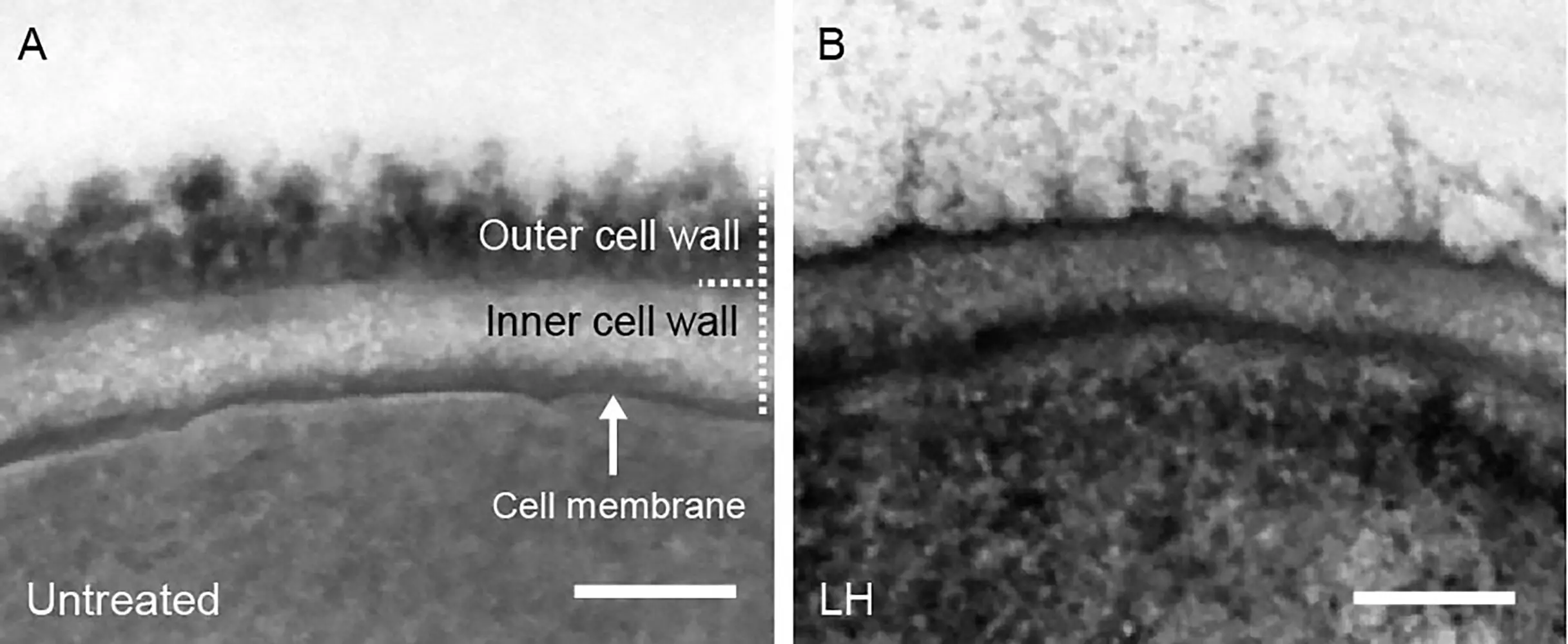In a groundbreaking study published in Nature Communications, an interdisciplinary research team led by Dr. Sascha Brunke from the Leibniz Institute for Natural Product Research and Infection Biology has shed light on the therapeutic potential of synthetic polymers in combating invasive fungal infections caused by Candida species. This research is particularly significant given the high mortality rates associated with these infections, as well as the slow progress in developing new antifungal therapies.
The team, which includes doctoral researcher Sebastian Schäfer and biotechnologist Raghav Vij, delved into the mode of action of synthetic polymers that mimic naturally occurring peptides. Through their investigations, they discovered that these long-chain chemical compounds target fungal cells in multiple ways simultaneously, disrupting glycosylation processes on the cell surface and causing damage to cell walls and membranes. Additionally, the polymers enhance the immune response against fungal cells, leading to their destruction.
One of the most promising findings of the study is the effectiveness of the polymer LH in combination with the antifungal drug caspofungin against Candida albicans, even in cases of drug-resistant strains. This combination therapy not only significantly improved the survival rate of infected moth larvae in laboratory tests but also showed no signs of inducing resistance in the fungus. This suggests that the use of synthetic polymers in conjunction with existing antifungal agents could lead to more sustainable and successful treatment outcomes.
While the research results are promising, Dr. Brunke emphasizes the need for further studies to validate the safety and efficacy of synthetic polymers in human models. The team also acknowledges the importance of optimizing the molecular structure of the polymers to enhance their targeting capabilities and minimize potential side effects. Additionally, the potential impact of these polymers on the environment and human health must be thoroughly investigated before widespread clinical applications can be considered.
One of the key advantages of synthetic polymers highlighted in the study is their cost-effectiveness and stability compared to conventional antifungal agents. This makes them a viable option for countries with limited resources, where access to effective antifungal therapies is crucial for public health. The research findings open up new possibilities for combating fungal infections and offer hope for the development of innovative treatment strategies that could benefit populations worldwide.
Overall, the research on synthetic polymers for antifungal therapy represents a significant advancement in the field of infectious diseases. By unraveling the complex mechanisms of action of these compounds and demonstrating their effectiveness against drug-resistant fungal strains, the study paves the way for the development of novel treatment options with potentially far-reaching impacts on global health.


Leave a Reply